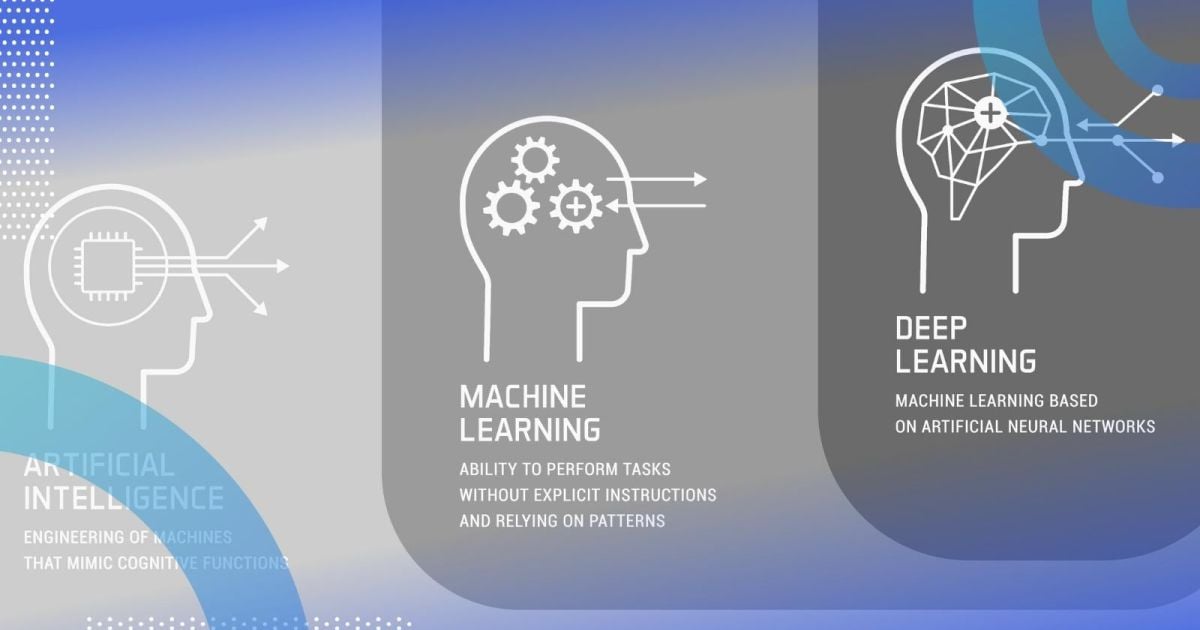
Machine Learning Vs Deep Learning: A Layman’s Guide to AI in Easy Words
Oct 22, 2024 5 Min Read 2680 Views
(Last Updated)
In the domain of artificial intelligence (AI), the terms “machine learning” and “deep learning” are often used interchangeably, leading to confusion among both experts and newcomers alike. It’s easy to see why they both involve training algorithms to make predictions and learn from data. However, beneath the surface, these concepts have distinct meanings and represent different stages in the evolution of AI.
First, let’s address the fundamental question here. What is the difference between these two terms?
Well, deep learning is a subset of machine learning. Actually, the hierarchy goes like this. At the top, we have AI or artificial intelligence. A subfield of AI is ML or machine learning. Beneath that, then we have NN or neural networks. Somewhere along the line, we have NLP or natural language processing. And they make up the backbone of deep learning algorithms.
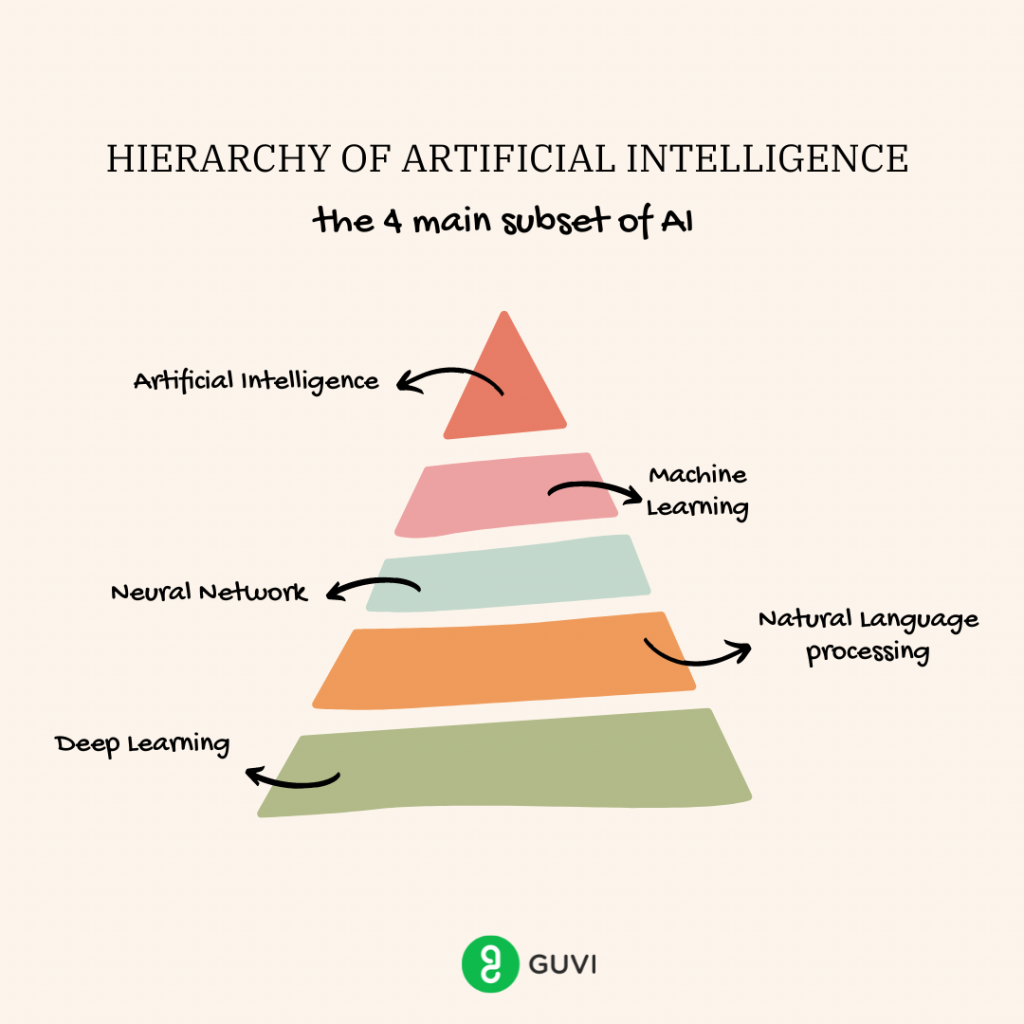
Before we get into the nitty-gritty comparison of Machine Learning vs. deep Learning, let’s go through time as we explore the development of AI and its various models, using an illuminating example along the way.
Table of contents
- Timeline: The Evolution of AI
- 1950s-1960s
- 1990s-2000s
- 2010s
- Present and Beyond
- Use case: AI in Autonomous Vehicles (Self Driving Car Technology)
- What is Machine Learning?
- What is Deep Learning?
- So How is Deep Learning different from Machine Learning?
- Machine Learning Vs Deep Learning: Explained using a sample predictive model
- Machine Learning Model (Fruit Classifier 1)
- Deep Learning Model (Fruit Classifier 2)
- Takeaways
- Getting Started in Machine Learning, Deep Learning and AI
- Can you explain the difference between machine learning and deep learning using a simple analogy?
- Do I need to be a coding expert to work with deep learning?
- Are deep learning models only useful for computer vision and natural language processing tasks?
Timeline: The Evolution of AI
1950s-1960s
The Birth of AI The seeds of AI were sown during this period when pioneers like Alan Turing and John McCarthy laid the foundation for machine intelligence. Their work paved the way for early AI models that relied on predefined rules and logic to make decisions. These rule-based systems, though limited in their capabilities, set the stage for future advancements.

Learn artificial intelligence and machine learning for an illustrative career. Consider GUVI’s IIT-M Certified Artificial Intelligence and Machine Learning Courses, which covers technologies like Natural Language Processing, deep learning, computer vision, and many more and helps you get hands-on experience by building real-time projects.
Also, if you would like to explore Python through a Self-paced course, try GUVI’s IIT-M-certified Python course.
1990s-2000s
Machine Learning Emerges Machine learning, as a field, gained prominence during this era. Researchers focused on developing algorithms that could automatically learn patterns from data and improve their performance through experience. One prominent example of machine learning during this time was the development of spam email filters. These filters learned to distinguish between spam and legitimate emails by analyzing large datasets and identifying patterns in the text, sender information, and other features.
2010s
The Rise of Deep Learning Deep learning, a subfield of machine learning, witnessed a breakthrough in the 2010s due to the availability of vast amounts of data and advancements in computing power.
Deep learning models, inspired by the structure and function of the human brain, are built using artificial neural networks with multiple layers. These networks learn hierarchical representations of data, enabling them to capture intricate patterns and relationships.
One iconic example of deep learning’s prowess is its application in image recognition. Deep neural networks, such as convolutional neural networks (CNNs), have achieved remarkable accuracy in tasks like object detection and facial recognition.
Present and Beyond
Advancements and Synergy Today, both machine learning and deep learning continue to evolve and complement each other in AI research and applications. Machine learning techniques, such as linear regression and support vector machines, remain effective for certain tasks that require less complex modeling.
Meanwhile, deep learning shines in areas where massive datasets and intricate patterns are involved, like natural language processing, speech recognition, and autonomous driving.
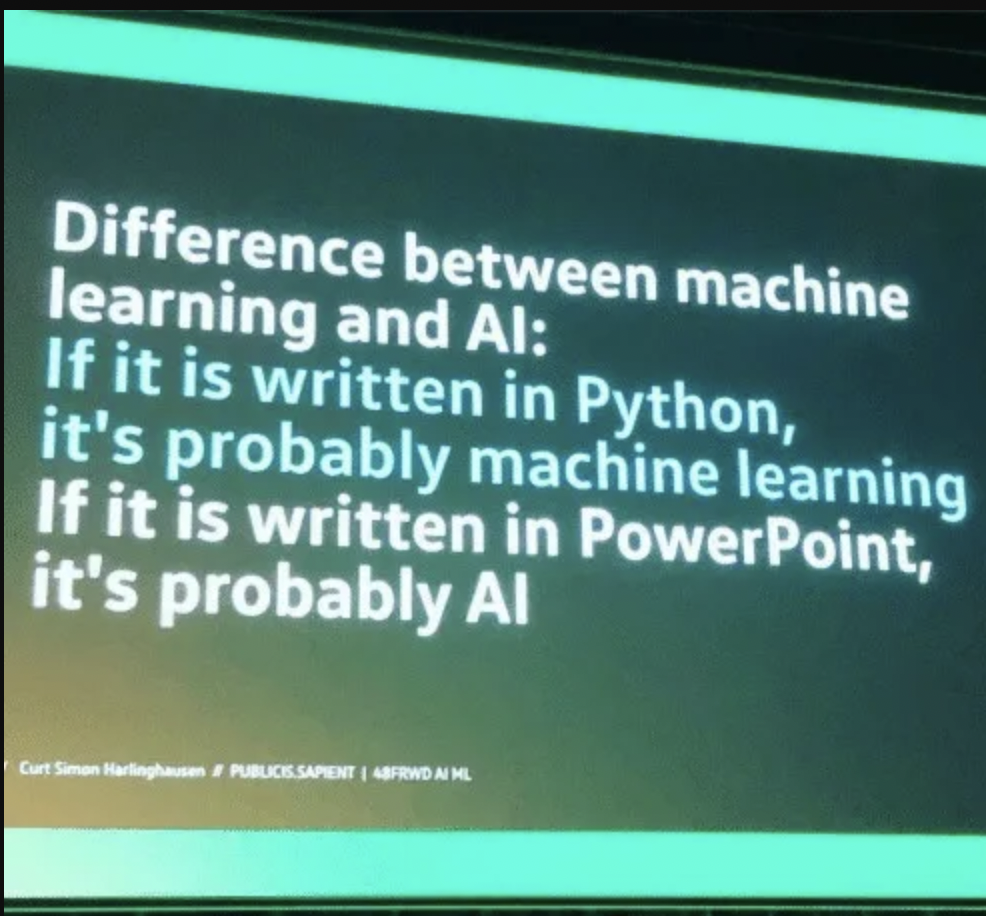
Use case: AI in Autonomous Vehicles (Self Driving Car Technology)
To illustrate the distinction between machine learning and deep learning, let’s consider the development of autonomous vehicles. In the early stages, engineers relied on rule-based systems to enable basic functionalities like lane detection and obstacle avoidance.
However, these approaches had limitations as they struggled to handle complex real-world scenarios. As a result, researchers turned to machine learning techniques to train algorithms on large datasets of driving scenarios, enabling the vehicles to learn from experience and improve their decision-making capabilities.
More recently, deep learning has played a significant role in advancing autonomous driving. Deep neural networks are employed to process vast amounts of sensor data, such as images from cameras and radar readings, to accurately detect objects, recognize traffic signs, and predict pedestrian behavior.
The ability of deep learning models to learn hierarchical representations and capture intricate patterns has greatly contributed to the progress in autonomous vehicle technology.
What is Machine Learning?
Machine learning is a branch of artificial intelligence (AI) that focuses on enabling computers to learn and make predictions or decisions without being explicitly programmed. In simple words, it’s like teaching a computer to learn from examples and experiences.
In machine learning, we provide the computer with a large dataset containing inputs and corresponding outputs or labels.
The computer then analyzes the data, identifies patterns, and builds a model that can make predictions or decisions based on new, unseen data.
A landmark invention in machine learning is the development of the support vector machine (SVM) algorithm by Vladimir Vapnik and Corinna Cortes in 1995. SVMs have been widely used for classification tasks and are known for their ability to handle complex data and achieve high accuracy.
Starting a career in Machine Learning? Try these books.
What is Deep Learning?
Deep learning is a subset of machine learning that focuses on training artificial neural networks with multiple layers, inspired by the structure and functioning of the human brain. Deep learning models, called deep neural networks, are designed to automatically learn hierarchical representations of data.
Instead of relying on manual feature engineering, deep learning models can automatically extract and learn relevant features from raw data. This makes deep learning particularly effective in tasks involving large amounts of unstructured data, such as images, text, and speech.
A landmark invention in deep learning is the development of the convolutional neural network (CNN) architecture, which has revolutionized image recognition. The pioneering work of Yann LeCun, Yoshua Bengio, and Geoffrey Hinton in the late 1990s and early 2000s contributed to the advancement of deep learning and the popularity of CNNs.
Learn Deep Learning using PyTorch
So How is Deep Learning different from Machine Learning?
Think of machine learning as dipping your toes into AI, but deep learning dives headfirst into the intricate patterns of complex tasks like image recognition and natural language processing.
It’s like leveling up from learning with guidelines to developing AI that learns autonomously and captures intricate nuances. The key differences between Machine Learning and Deep learning are summarised in the table below:
| Parameters | Machine Learning | Deep Learning |
|---|---|---|
| Complexity | Relatively simpler models and algorithms | Complex models with multiple layers |
| Feature Engineering | Manual feature extraction and selection | Automatic feature extraction |
| Data Requirements | Moderate amount of labelled data | Large amounts of labelled data |
| Generalization | Moderate generalization capability | High generalization capability |
| Performance | Good performance on structured and small-scale data | Excellent performance on large-scale and unstructured data |
| Interpretability | Relatively easier to interpret and explain | Difficult to interpret and explain |
| Training Time | Faster training time | Longer training time |
| Hardware Dependencies | Less reliance on specialized hardware | Often requires powerful GPUs |
| Application | Suitable for various tasks and domains | Highly effective for complex tasks like image and speech recognition |
| Human Expertise | Requires domain knowledge and feature engineering skills | Less dependency on human expertise |
It’s essential to note that the table presents general tendencies, and there can be exceptions or variations depending on specific use cases and advancements in the field.
Machine Learning Vs Deep Learning: Explained using a sample predictive model
Let’s imagine a scenario where we want to teach a computer how to identify different types of fruits. We’ll create two models, one using machine learning and the other using deep learning, to highlight the difference between the two approaches.
Machine Learning Model (Fruit Classifier 1)
In this model, we would manually define a set of rules based on the specific characteristics of each fruit. For example, we might say that if a fruit is red, round, and smaller than a tennis ball, it’s likely an apple. If it’s yellow, oblong, and has a peel, it’s likely a banana. We would continue to define rules for each type of fruit.
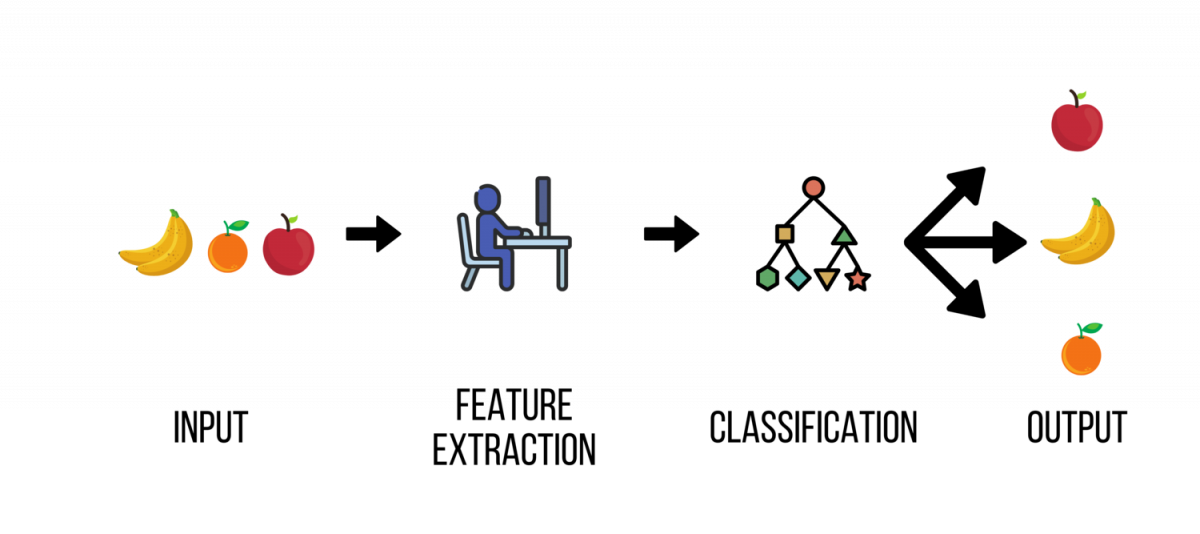
When presented with a new fruit, the machine learning model would analyze its features, compare them to the predefined rules, and make a prediction based on the best match. However, if we encounter a fruit that doesn’t fit neatly into any predefined rules, the model may struggle to accurately classify it.
Deep Learning Model (Fruit Classifier 2)
In this model, we would take a different approach. We would provide the computer with a large dataset containing images of various fruits, along with their corresponding labels (e.g., apple, banana, orange). The deep learning model, specifically a convolutional neural network (CNN), would learn directly from this dataset.
During the training process, the CNN would analyze the patterns and features present in the images to form its own understanding of what distinguishes one fruit from another. It would learn to identify common visual characteristics shared by fruits of the same type.
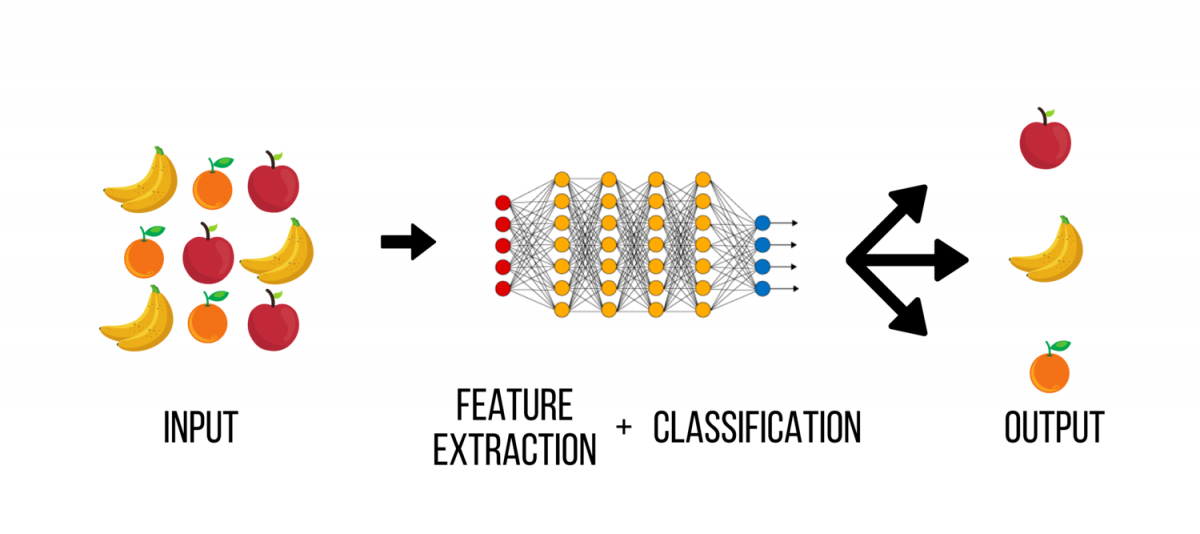
Once trained, when presented with a new fruit image, the deep learning model would examine its visual features and make a prediction based on its learned knowledge. The deep learning model has the advantage of capturing intricate patterns and making more nuanced distinctions, even for fruits it hasn’t encountered before during training.
Takeaways
In summary, the machine learning model relies on predefined rules, whereas the deep learning model learns directly from data. The machine learning model requires human expertise to define those rules, while the deep learning model autonomously learns patterns and features from a large dataset, enabling it to make more accurate predictions and handle new and complex scenarios effectively.
Deep learning is still in its infancy in some areas, however, there is no doubt that its power is already enormous. Large corporations with abundant financial and human resources often harness the power of deep learning, as the development of deep learning algorithms used to entail complexity and high costs.
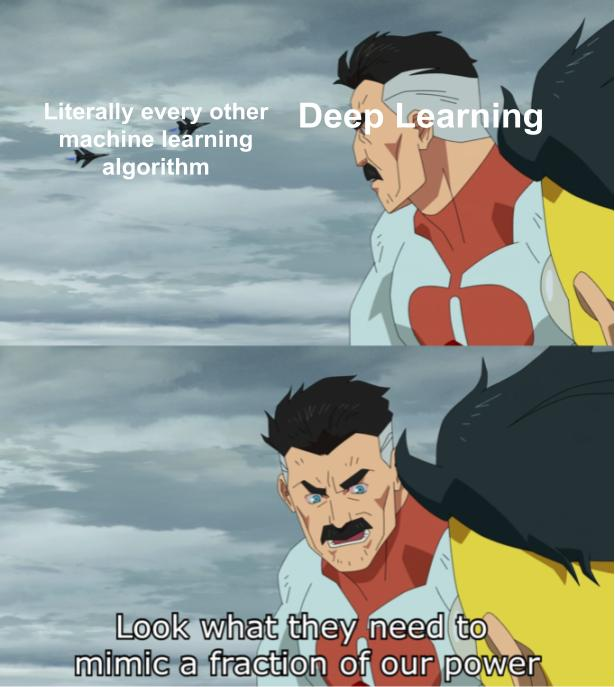
Getting Started in Machine Learning, Deep Learning and AI
If this fun blog has piqued your interest in the AI domain, Zen Class Artificial Intelligence & Machine Learning Course with IITM Pravartak Certification course is designed to make you acquainted with a broad and detailed introduction to Machine Learning and Deep Learning. The Program will help you become a Machine Learning Expert in just 5 Months. The goal of this course is to help students/working professionals upskill and equip themselves with the skills required to build and deploy Machine Learning models in production using Cloud.
Can you explain the difference between machine learning and deep learning using a simple analogy?
Sure! Imagine you’re learning to identify animals. Machine learning is like following a set of predefined rules based on characteristics like fur, size, and habitat. Deep learning, on the other hand, is like having a brain with multiple layers that learns on its own by recognizing patterns and features to identify animals. It’s like going from a rule-based approach to developing an intuitive understanding.
Do I need to be a coding expert to work with deep learning?
Not necessarily! While coding knowledge is helpful, there are user-friendly frameworks like Keras that provide a high-level interface for building deep learning models without extensive coding. You can focus more on understanding the concepts and experimenting with pre-built components. It’s like having the option to assemble a complex puzzle using pre-designed pieces.
Are deep learning models only useful for computer vision and natural language processing tasks?
Not at all! While deep learning has gained popularity in computer vision and natural language processing, its applications are vast. It can be used for speech recognition, recommendation systems, fraud detection, and even medical diagnostics. Deep learning’s ability to learn intricate patterns makes it adaptable to various domains. It’s like a versatile tool that can be applied creatively to solve diverse problems.























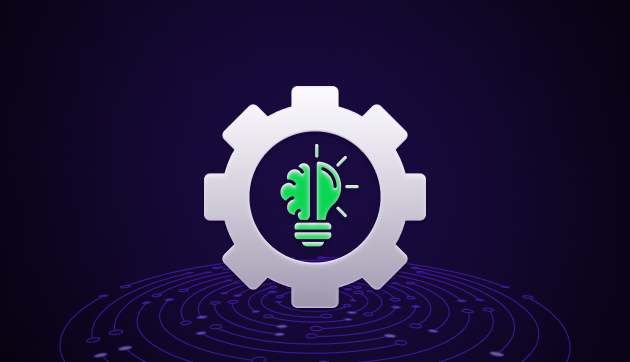
![10 Unique Keras Project Ideas [With Source Code] 8 Keras Project Ideas](https://www.guvi.in/blog/wp-content/uploads/2024/10/Feature-Image.png)
![Deepfakes: Friend or Foe? Important Tips to Identify Original from Fake [2024] 9 Feature Image - Deepfakes Friend or Foe Important Tips to Identify Original from Fake](https://www.guvi.in/blog/wp-content/uploads/2024/03/feature_image-23.webp)
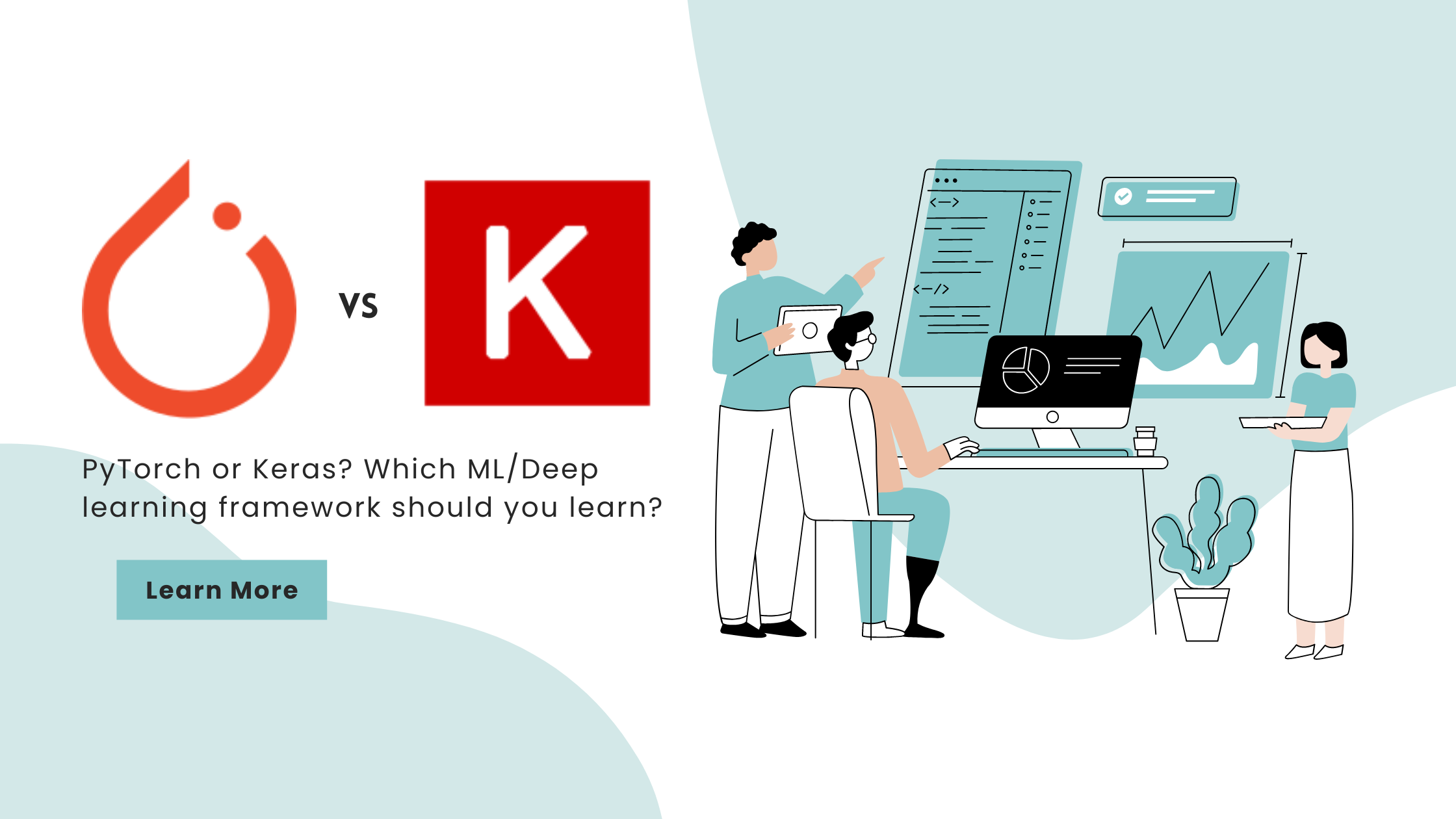

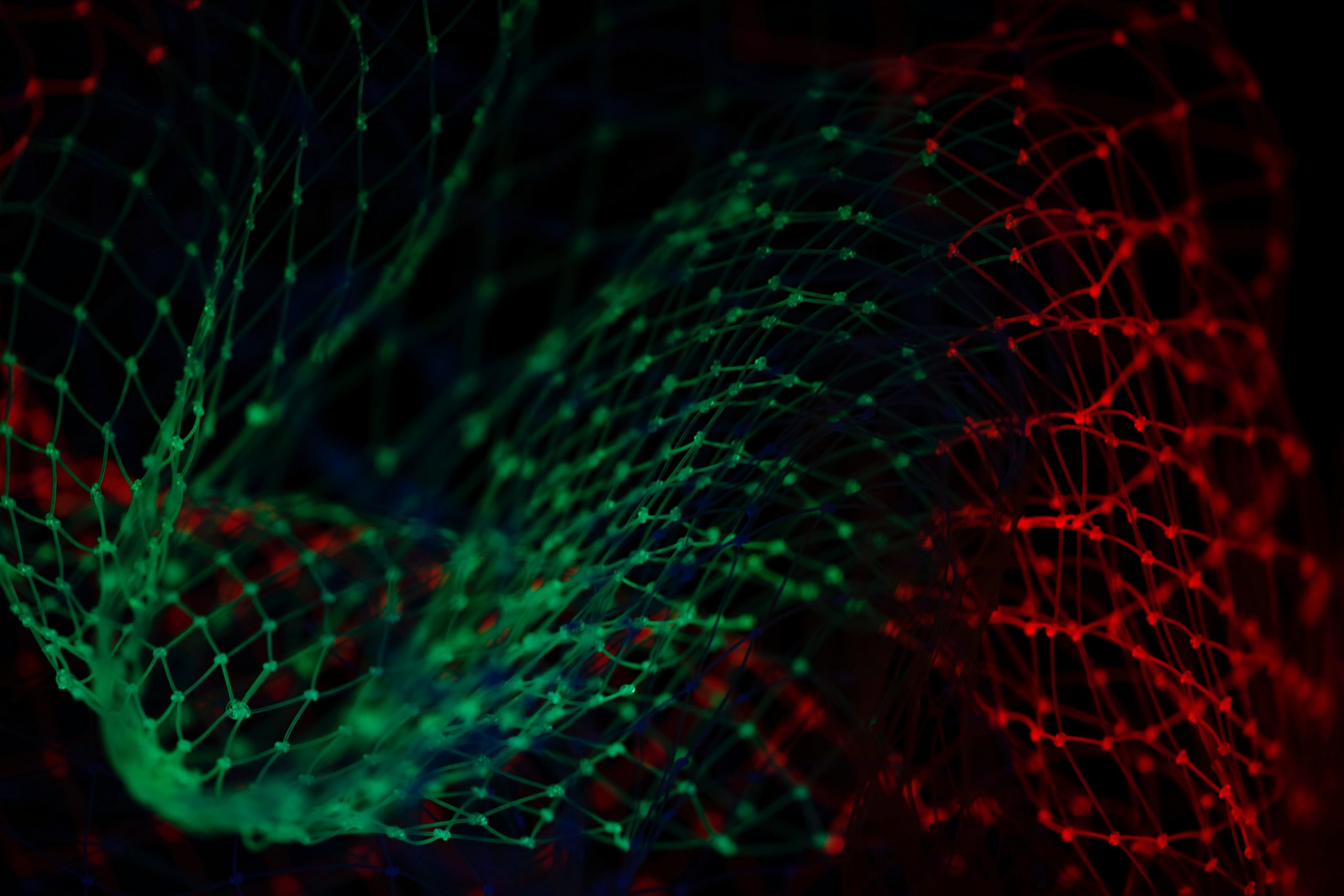
Did you enjoy this article?